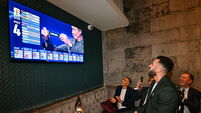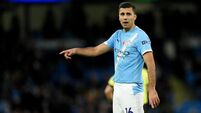A life beyond your wildest means
TOO MUCH money going out, not enough coming in – something has to give.
That, paraphrased, is how one source at the club sums up the current crisis at Cork City, one which now appears to threaten the very existence of top-flight football on Leeside.














